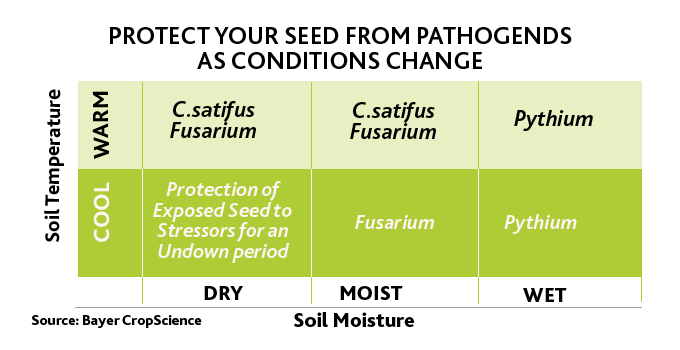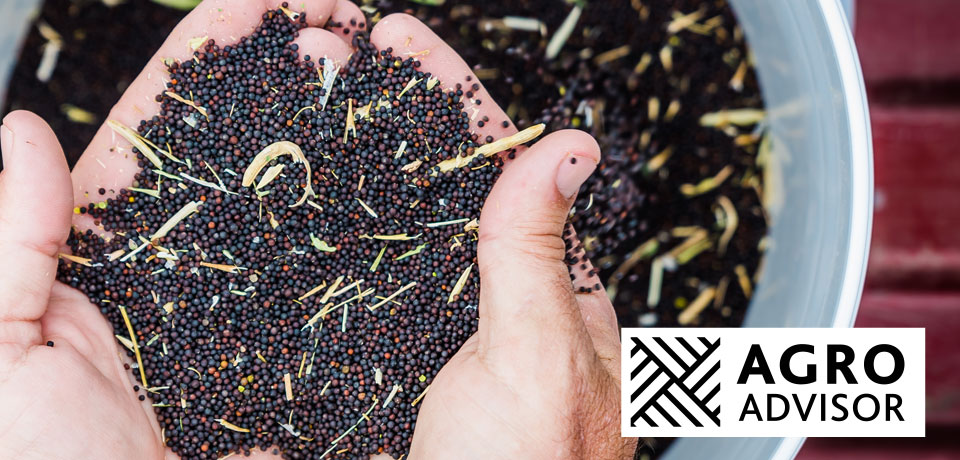Every year, there is a litany of pathogens — and pests — that threaten the emergence of your crop.
While you can always determine the presence of disease with a seed test, you shouldn’t forget about the potential soil-borne risks lingering in your fields.
That makes seed treatments an important consideration during every crop-planning season, even in years when seed quality is high.
“With the drier season in 2017, the diseases didn’t take off in crop like we have seen in recent years. Things came off and everybody was very happy with the good quality,” said Scott Burton, a Co-op Grow Team member in west-central Saskatchewan, who recommends growers examine their scouting records and consider seed treatment options every year.
“But that doesn’t mean that these pathogens aren’t still in the soil. It just takes the right environmental conditions to set them off.”
Make every dollar count
While standard on canola, seed treatments should also be considered to help establish cereals and pulses.
An effective seed treatment application will protect young seedlings from disease and insects and can result in improved crop establishment, performance and returns on investment.
“How well your crop comes out of the ground — that’s where your whole year is made,” said Burton.
“If your seed quality is good, you can protect that quality with a seed treatment and get that seed out of the ground healthy, which goes a long way towards higher yields.”

Know your history
As spring seeding approaches, Burton is busy assisting growers with their crop plans — a process that begins by testing for seed-borne diseases before moving to a discussion about soil-borne concerns.
Based on seed test results, the field’s history of disease and insect pressure and the producer’s rotation, Burton will recommend appropriate seed treatments to address the seed and seedling disease complex caused by Fusarium spp., Pythium spp., Rhizoctonia solani and Cochliobolus sativus.
“You have to know the history of your fields and treat accordingly. All of the new seed treatments can be tailored to what you have in the soil if you know what’s in there.”
In his region near Plenty, Sask., Burton said growers are now regularly adding an insecticide seed treatment for wireworms, a pest whose population has grown in recent years.
“If you notice it the year before, then you have to go in the next year and start looking after it. Wireworms will attack anything and there’s no great post-emergent treatment,” said Burton.
“When they’re in the ground and you’re growing expensive seed, the cost of controlling them with a seed treatment is pretty small compared to the damage they can do.”
Your Co-op Grow Team member can help you determine the right seed treatment products for your farm and rotation. Visit your local Co-op Agro Centre to learn more.

